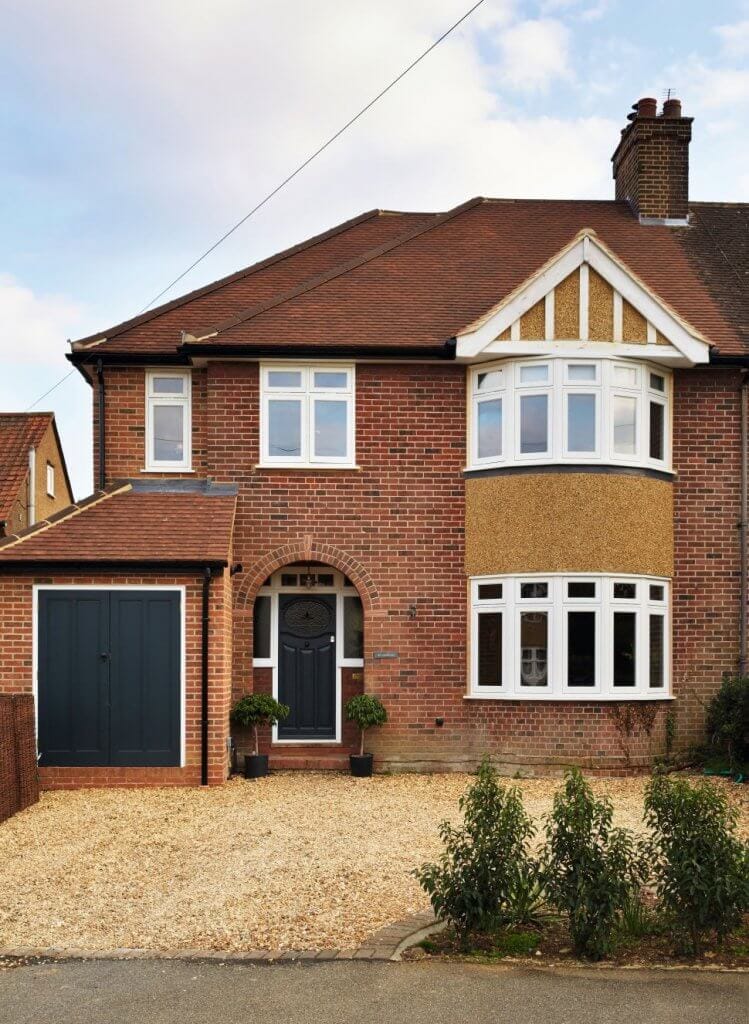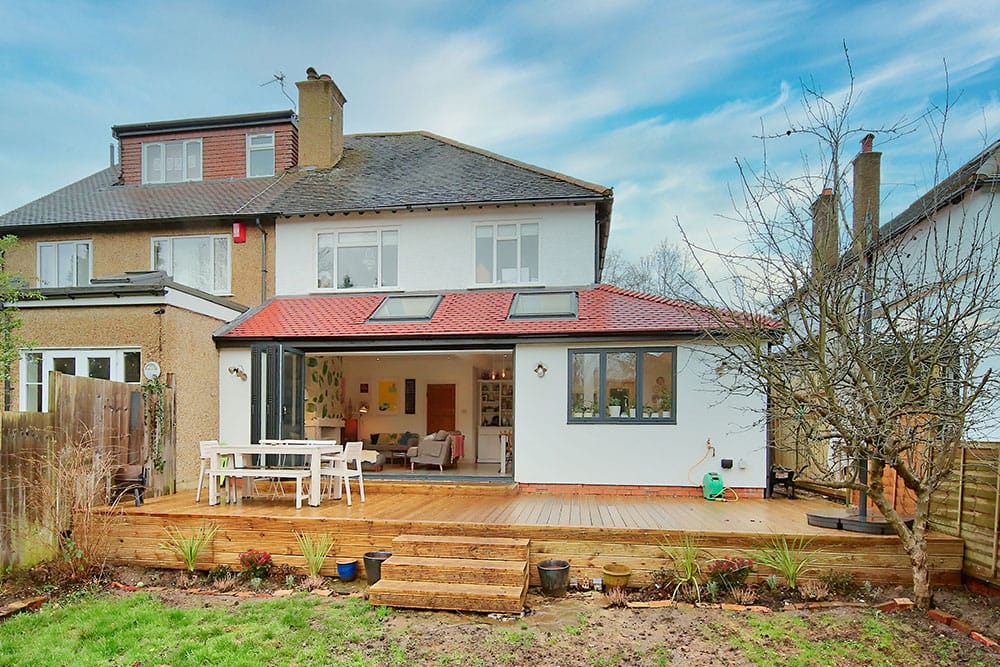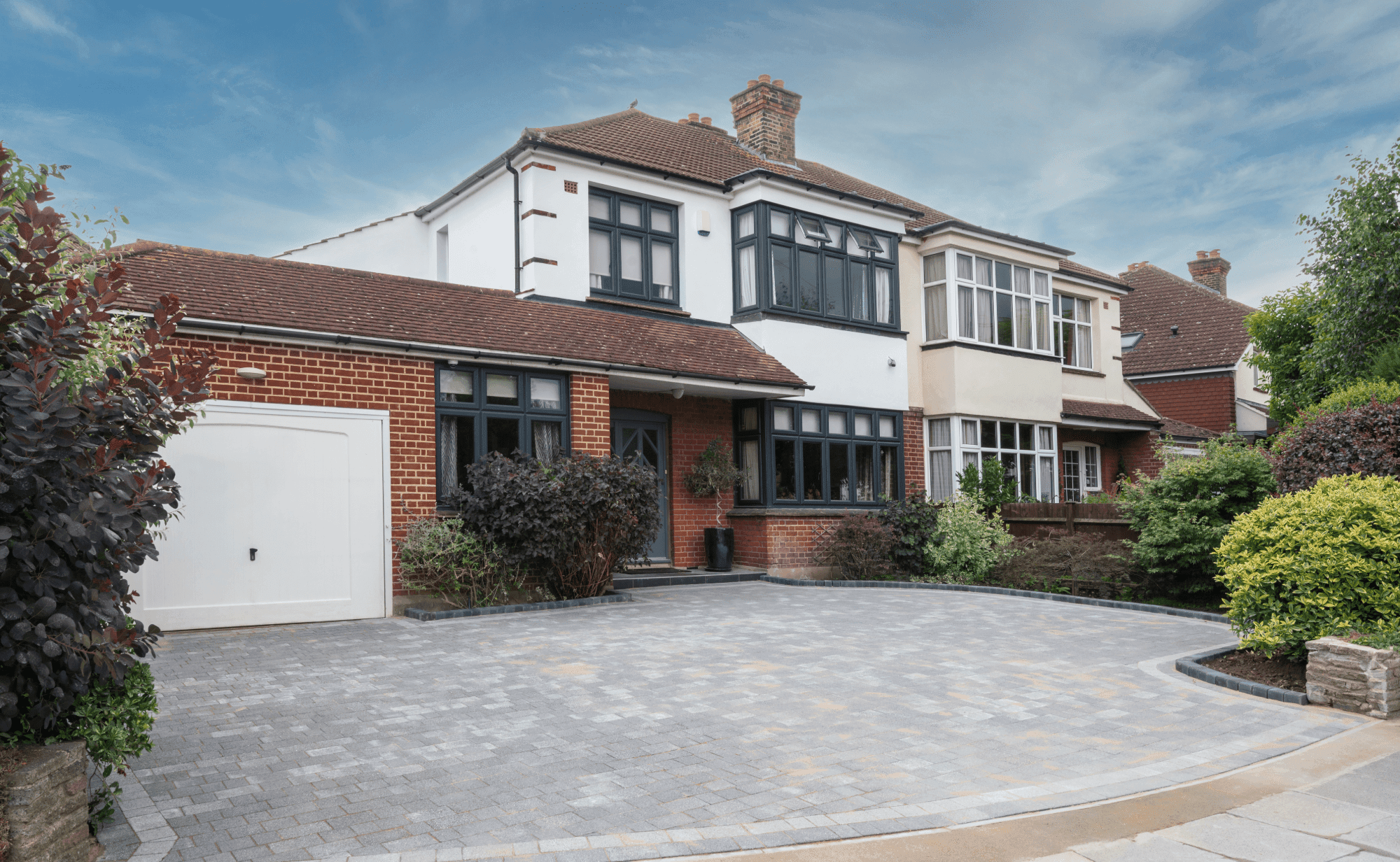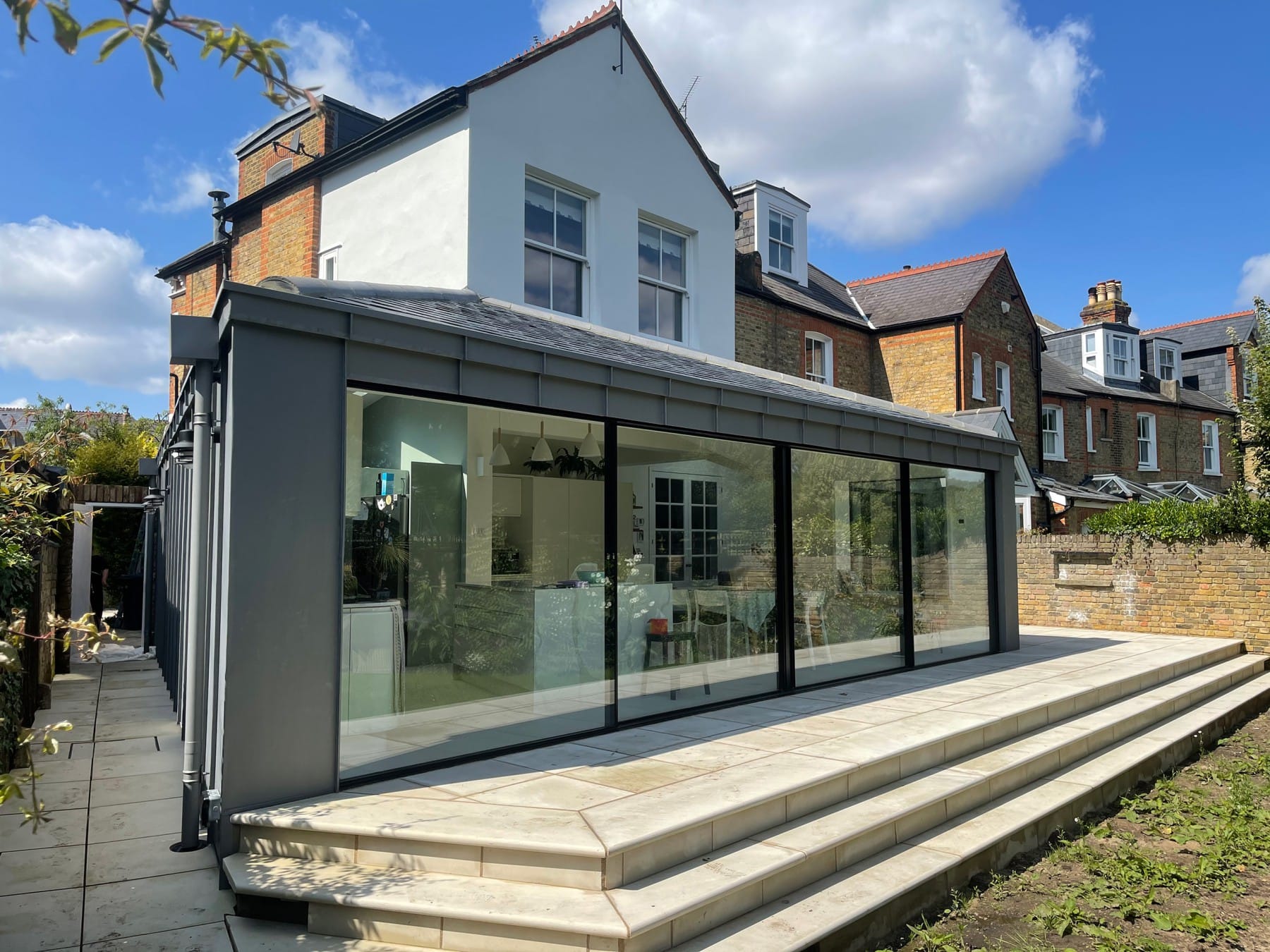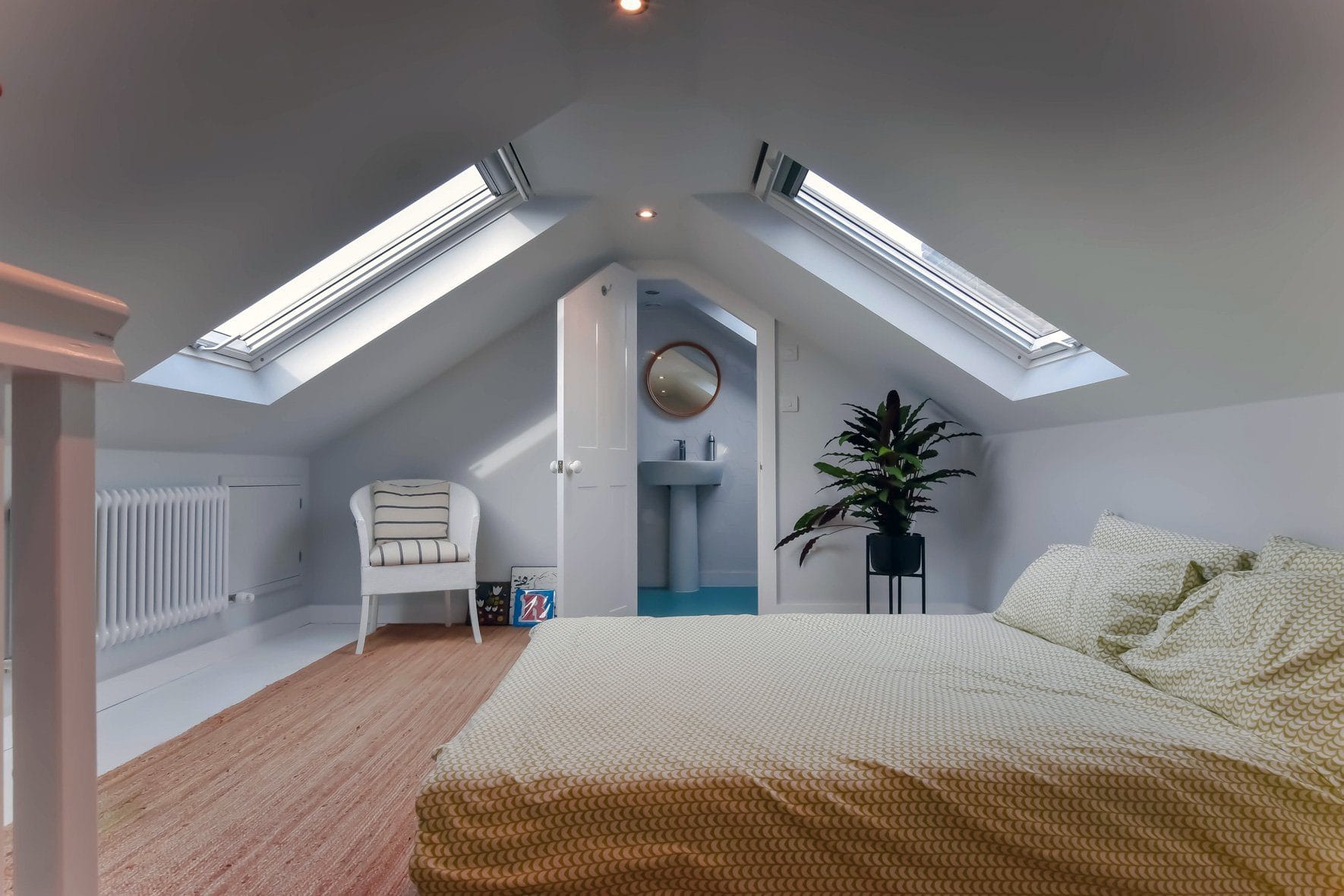
Explore different types of house extensions, including single-storey, side, over-structure extensions, plus much more!
Home extensions are a popular way to add space and value to a property in the UK. There are several types of home extensions, each suited to different needs, budgets, and property types. Here are the main types:
1. Single-Storey Extension
Description: A single-storey extension adds extra space to the ground floor of a property. It is commonly used to expand kitchens, create open-plan living areas, or add a dining room.
Typical Uses: Kitchen extensions, living room expansions, or adding a sunroom.
Advantages: Relatively affordable, less disruptive than multi-storey extensions, and ideal for improving ground-floor living space.
2. Double-Storey Extension
Description: A double-storey extension adds space to both the ground and first floors of a property. This type of extension is often used to add multiple rooms, such as a larger kitchen downstairs and an extra bedroom or bathroom upstairs.
Typical Uses: Adding a larger kitchen and living area downstairs, with additional bedrooms or bathrooms upstairs.
Advantages: Maximises space on both floors, increases property value significantly, and provides more living and sleeping areas.
3. Wrap-Around Extension
Description: A wrap-around extension combines a rear and side extension, effectively “wrapping around” the property. This type of extension is ideal for larger homes that need significant additional space.
Typical Uses: Expanding kitchens, creating open-plan living spaces, or adding multiple rooms.
Advantages: Provides substantial additional space, ideal for larger properties, and can transform the layout of a home.
4. Side Return Extension
Description: A side return extension involves extending into the alleyway (side return) typically found in terraced or semi-detached houses. This type of extension is popular in Victorian or Edwardian homes.
Typical Uses: Expanding narrow kitchens or creating open-plan living areas.
Advantages: Makes use of underutilised space, ideal for terraced houses, and can bring more light into the home.
5. Rear Extension
Description: A rear extension extends the back of the house, usually into the garden. This is one of the most common types of extensions in the UK.
Typical Uses: Expanding kitchens, creating open-plan living spaces, or adding a dining area.
Advantages: Adds significant space, can be designed to blend with the existing property, and often improves access to the garden.
6. Loft Conversion
Description: A loft conversion involves transforming an unused attic space into a functional room, such as a bedroom, office, or bathroom.
Typical Uses: Adding an extra bedroom, home office, or en-suite bathroom.
Advantages: Utilises existing space, adds value to the property, and avoids the need for external construction.
7. Basement Extension
Description: A basement extension involves excavating beneath the property to create additional living space. This can be a single-storey basement or a more complex multi-storey basement.
Typical Uses: Adding a cinema room, gym, extra bedroom, or storage space.
Advantages: Adds significant space without altering the external footprint, ideal for properties with limited outdoor space.
8. Orangery or Conservatory
Description: An orangery or conservatory is a glass or partially glazed extension that can be used as a sunroom, dining area, or additional living space.
Typical Uses: Creating a light-filled space for relaxation, dining, or growing plants.
Advantages: Brings in natural light, enhances connection to the garden, and can be less expensive than a traditional extension.
9. Garage Conversion
Description: A garage conversion involves transforming an existing garage into a habitable room, such as a bedroom, office, or gym.
Typical Uses: Adding an extra bedroom, home office, or playroom.
Advantages: Utilises existing space, cost-effective, and avoids the need for external construction.
10. Pitched Roof Extension
Description: A pitched roof extension involves adding a sloping roof to an existing flat-roofed extension or new build. This type of extension is often used to match the existing roofline of the property.
Typical Uses: Expanding living spaces, kitchens, or bedrooms.
Advantages: Blends seamlessly with the existing property, improves aesthetics, and can provide additional loft space.
11. Flat Roof Extension
Description: A flat roof extension involves adding a flat-roofed structure to the property. This type of extension is often used for modern designs or where a pitched roof is not suitable.
Typical Uses: Expanding kitchens, creating open-plan living areas, or adding a home office.
Advantages: Modern aesthetic, cost-effective, and can be designed to maximise internal space.
12. Infinity Extension
Description: An infinity extension is a modern design that creates a seamless transition between indoor and outdoor spaces, often with large glass doors or walls.
Typical Uses: Expanding living areas, kitchens, or dining rooms.
Advantages: Creates a stunning visual effect, enhances connection to the garden, and brings in natural light.
13. Modular or Prefabricated Extension
Description: A modular extension involves constructing parts of the extension off-site and then assembling them on-site. This type of extension is becoming increasingly popular due to its speed and efficiency.
Typical Uses: Adding extra living space, kitchens, or bedrooms.
Advantages: Faster construction, reduced disruption, and often more cost-effective.
14. Over-Structure Extension
Description: An over-structure extension involves building over an existing part of the property, such as a garage or single-storey section, to add an extra floor.
Typical Uses: Adding an extra bedroom, bathroom, or home office.
Advantages: Maximises space without extending the footprint, ideal for properties with limited outdoor space.
15. Porch Extension
Description: A porch extension involves adding a small, enclosed structure at the entrance of the home. This can be a simple design or a more elaborate structure.
Typical Uses: Creating a welcoming entrance, adding storage space, or improving energy efficiency.
Advantages: Enhances curb appeal, provides additional storage, and can improve insulation.
Key Considerations:
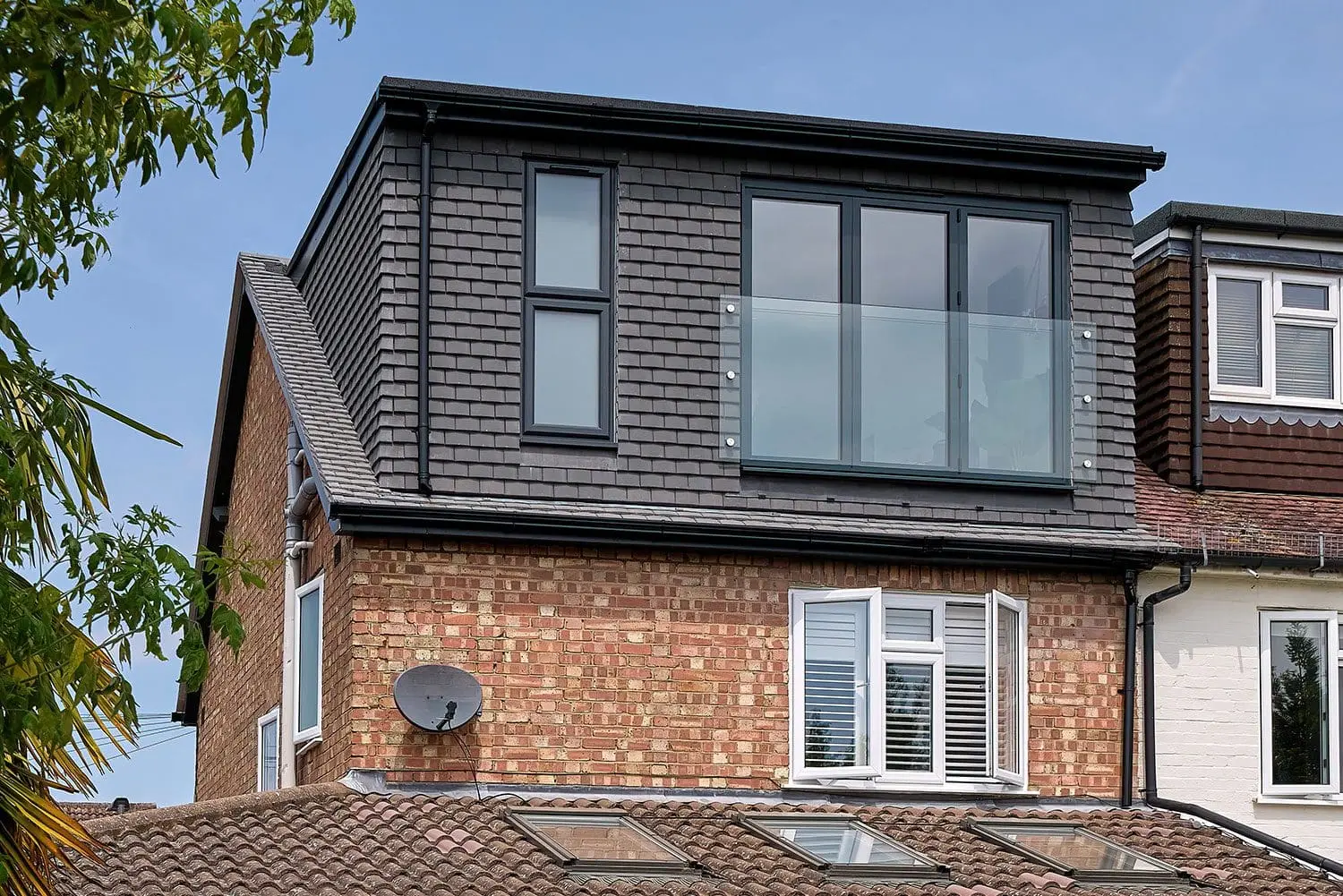
Dormer Build Loft Extension
Summary:
Each type of extension has its own advantages and considerations, so it’s important to choose the one that best suits your property, budget, and lifestyle. Adding an extension will save you the stress of house hunting and all the hassle that comes with moving into a new home. Opting for an extension also gives you complete autonomy to decide on the function of this extra space per your family’s needs. Contact Us now and start your extension design.
